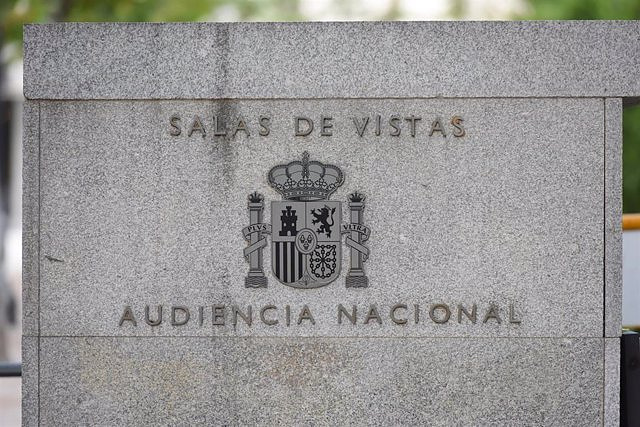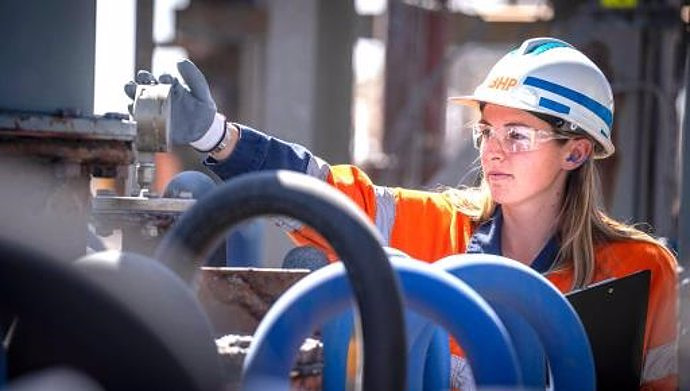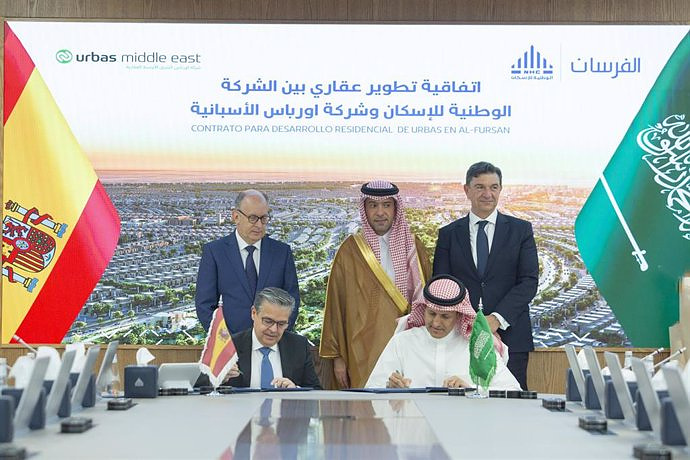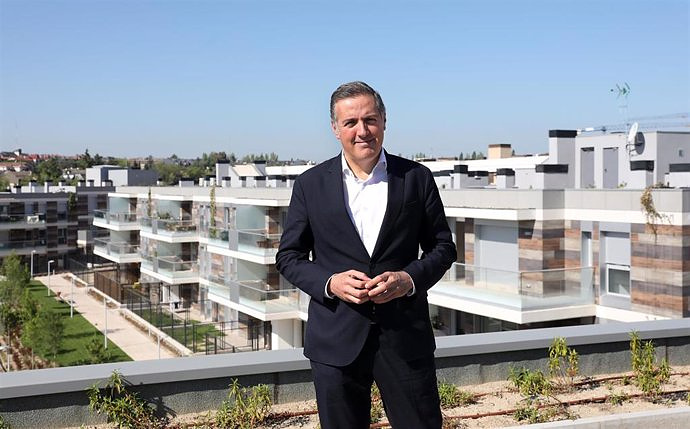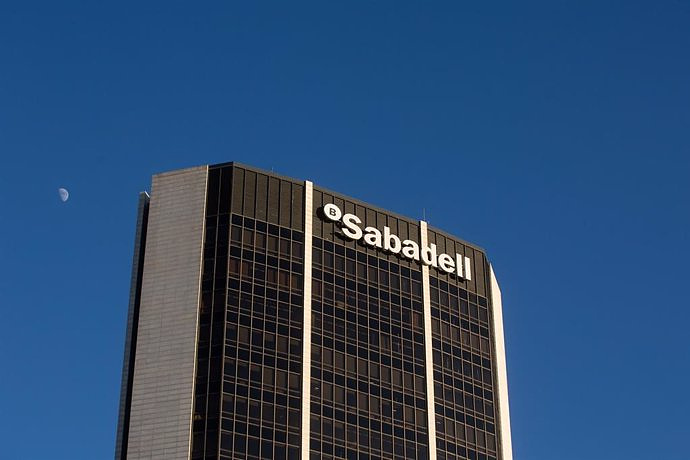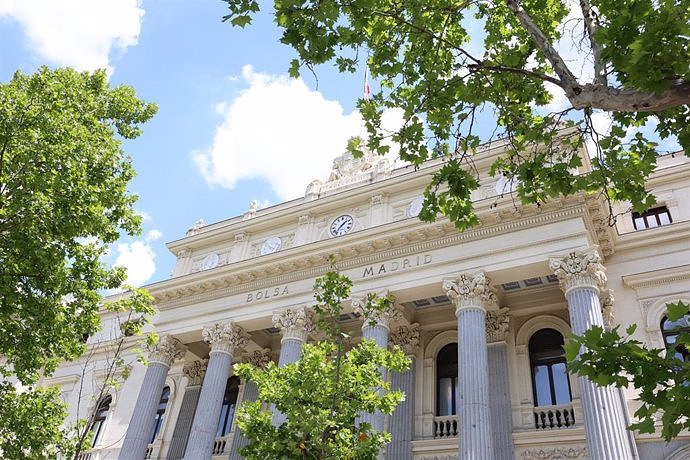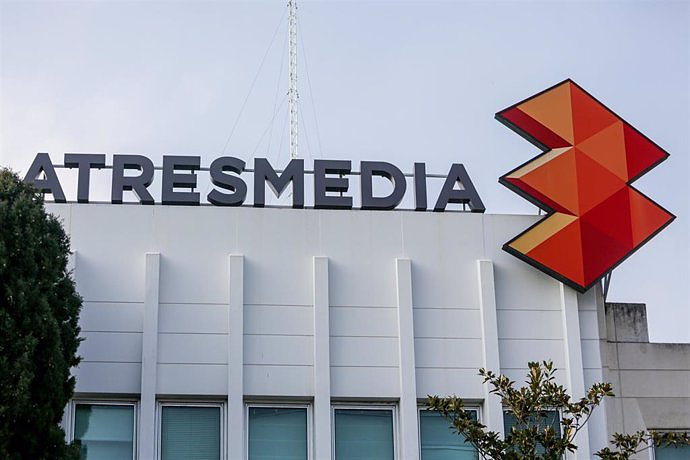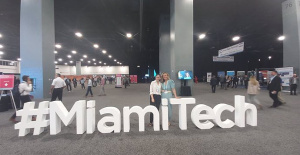Judge Calama will take an investigative statement and imposes the payment of a bond of 300,000 euros
MADRID, 2 Dic. (EUROPA PRESS) -
The judge of the National Court José Luis Calama has agreed to prosecute the presumed members of Resistencia Galega Antonio García Matos, alias 'Toninho', and Asunción Losada Camba for the crimes of belonging to a terrorist organization, deposit of explosive devices and terrorist damage for the placement of a bomb in the Baralla Town Hall (Lugo) in October 2014, which caused numerous material damages.
In his order, Calama agrees to take an investigative statement from the two investigated, on whom he either imposes the payment of a bond of almost 300,000 euros for the payment of pecuniary responsibilities, or designates assets subject to seizure.
The resolution of the head of the Central Investigating Court number 4 reports that on October 1, 2014 an explosion took place in the Baralla Town Hall building (Lugo), which caused considerable material damage to the official building and several adjoining buildings.
Raúl Agulleiro Cartoy, who had at his disposal a construction in ruins in the wooded area of O Pedrouzo, municipal area of O Pino (A Coruña) where he kept four explosive devices, was already sentenced for these acts. To commit said action, continues the judge, he had the collaboration of Antonio García Matos, 'Toninho', and his partner Asunción Losada Camba.
In the case of the former, the National Court accuses him of being the author of the handwritten document seized from Agulleiro with information on the targets of the terrorist group Resistencia Galega, including the Baralla City Council. This is stated in the report of the Criminalistics Service of the Civil Guard, Graphics Department.
That same document was seized at the home of 'Toninho', and it contained other targets such as the chalet of a judge in Santiago de Compostela, a fish farm or the Manuel Fraga House-Museum. The agents managed to find out that both files, Agulleiro's and Toninho's, were "encrypted using the same PGP public key named Gustavo.Asc."
The defendant's DNA also appeared in a red thermos and a pot that were loaded with explosive material in the O Pedrouzo zulo. In addition, García Matos, in 2014, months before that attack, presented himself in an Internet video as a spokesman for Resistencia Galega, in which he stated that he should continue the armed struggle.
With respect to Asunción Losada, the judge indicates that she carried out infrastructure activities in the terrorist organization and adds that encrypted computer media were seized in the search of her home, in which the Baralla City Council was indicated as the objective.
In addition, Losada was the one who rented the basement or garage that the Portuguese police discovered in November 2019 in Coimbra and where "a significant amount of materials and substances for making explosive devices were seized."
"This defendant is directly related to the responsibility of the warehouse and deposit of explosive substances that the terrorist band Resistencia Galega had in Coimbra (Portugal), the place where the explosive devices were made; their manufacture or composition coincides with those used by the aforementioned organization, in many of the attacks already committed", explains the judge.
He recalls that a flash drive was seized from Losada that he was going to deliver to another member of the terrorist group and that it contained two files called 'ofiusa' and 'ofiusa dictionary'. The first is a 626-page internal document of the organization and is addressed to people who make up its structure.
The title is the Guide to Support the Fight of the Galician Resistance, and Calama recalls that it is a "very complete" document, made up of an introduction and 15 chapters, in which all aspects related to the activity are dealt with extensively. terrorist that the organization itself carries out; "from the origin of their illegal struggle, to the means used for it, as well as the objectives (people and organizations, both public and private) and certain organizational aspects."
Regarding the second of the documents, "Ofiusa.diccionario", the judge indicates that "it is an extensive file that contains a wide list of chemical products that can be used in the commission of explosive devices. Its characteristics are detailed and properties, and in many of them the proportions to be used.
Another piece of evidence that incriminates both is the existence of a relationship between the remains of the wristwatch used as a timer in the attack against the Baralla Town Hall (Lugo), with the one seized in Raúl Agulleiro's zulo and those found in the Coimbra deposit (Portugal).
In his order, the judge also mentions the expert reports prepared within the framework of another summary proceeding in the Central Court 6 on the profiles found in the basement-garage of Coimbra that determine that Antonio García Matos and Asunción Losada Camba "are the authors of the handwritten documents seized in Coimbra (Portugal), which have been the object of study, among which are several in which the list of material is reflected, including elements and substances for the manufacture of explosive devices, whose handwriting corresponds to that of Antonio Garcia Matos.

 Exploring Cardano: Inner Workings and Advantages of this Cryptocurrency
Exploring Cardano: Inner Workings and Advantages of this Cryptocurrency Seville.- Economy.- Innova.- STSA inaugurates its new painting and sealing hangar in San Pablo, for 18 million
Seville.- Economy.- Innova.- STSA inaugurates its new painting and sealing hangar in San Pablo, for 18 million Innova.- More than 300 volunteers join the Andalucía Compromiso Digital network in one month to facilitate access to ICT
Innova.- More than 300 volunteers join the Andalucía Compromiso Digital network in one month to facilitate access to ICT Innova.-AMP.- Ayesa acquires 51% of Sadiel, which will create new technological engineering products and expand markets
Innova.-AMP.- Ayesa acquires 51% of Sadiel, which will create new technological engineering products and expand markets The plane with the mortal remains of the corporal who died in Poland lands in Torrejón de Ardoz (Madrid)
The plane with the mortal remains of the corporal who died in Poland lands in Torrejón de Ardoz (Madrid)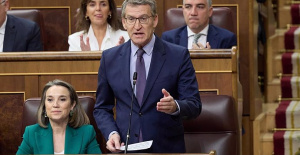 Feijóo accuses Sánchez of seeking to "victimize" himself, "polarize" and mobilize the PSOE before Catalans and Europeans
Feijóo accuses Sánchez of seeking to "victimize" himself, "polarize" and mobilize the PSOE before Catalans and Europeans Venice begins charging 5 euros for tourists who want to access its historic center starting this Thursday
Venice begins charging 5 euros for tourists who want to access its historic center starting this Thursday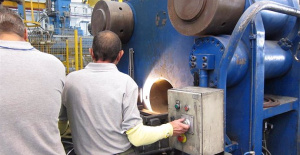 Industrial inflation deepens its fall in March to 8.2% and accumulates 13 months of declines
Industrial inflation deepens its fall in March to 8.2% and accumulates 13 months of declines How Blockchain in being used to shape the future
How Blockchain in being used to shape the future Not just BTC and ETH: Here Are Some More Interesting Coins Worth Focusing on
Not just BTC and ETH: Here Are Some More Interesting Coins Worth Focusing on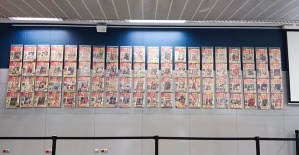 Retrópolis brings the golden age of video games and computing to the UPV
Retrópolis brings the golden age of video games and computing to the UPV Looking for video games that value the neighborhoods of Valencia
Looking for video games that value the neighborhoods of Valencia UPV researchers improve the efficiency of air conditioning systems using a geothermal heat pump
UPV researchers improve the efficiency of air conditioning systems using a geothermal heat pump València is committed to citiverse and smart tourism to be "the reference technological hub of the Mediterranean"
València is committed to citiverse and smart tourism to be "the reference technological hub of the Mediterranean" A million people demonstrate in France against Macron's pension reform
A million people demonstrate in France against Macron's pension reform Russia launches several missiles against "critical infrastructure" in the city of Zaporizhia
Russia launches several missiles against "critical infrastructure" in the city of Zaporizhia A "procession" remembers the dead of the Calabria shipwreck as bodies continue to wash up on the shore
A "procession" remembers the dead of the Calabria shipwreck as bodies continue to wash up on the shore Prison sentences handed down for three prominent Hong Kong pro-democracy activists
Prison sentences handed down for three prominent Hong Kong pro-democracy activists ETH continues to leave trading platforms, Ethereum balance on exchanges lowest in 3 years
ETH continues to leave trading platforms, Ethereum balance on exchanges lowest in 3 years Investors invest $450 million in Consensys, Ethereum incubator now valued at $7 billion
Investors invest $450 million in Consensys, Ethereum incubator now valued at $7 billion Alchemy Integrates Ethereum L2 Product Starknet to Enhance Web3 Scalability at a Price 100x Lower Than L1 Fees
Alchemy Integrates Ethereum L2 Product Starknet to Enhance Web3 Scalability at a Price 100x Lower Than L1 Fees Mining Report: Bitcoin's Electricity Consumption Declines by 25% in Q1 2022
Mining Report: Bitcoin's Electricity Consumption Declines by 25% in Q1 2022 Oil-to-Bitcoin Mining Firm Crusoe Energy Systems Raised $505 Million
Oil-to-Bitcoin Mining Firm Crusoe Energy Systems Raised $505 Million Microbt reveals the latest Bitcoin mining rigs -- Machines produce up to 126 TH/s with custom 5nm chip design
Microbt reveals the latest Bitcoin mining rigs -- Machines produce up to 126 TH/s with custom 5nm chip design Bitcoin's Mining Difficulty Hits a Lifetime High, With More Than 90% of BTC Supply Issued
Bitcoin's Mining Difficulty Hits a Lifetime High, With More Than 90% of BTC Supply Issued The Biggest Movers are Near, EOS, and RUNE during Friday's Selloff
The Biggest Movers are Near, EOS, and RUNE during Friday's Selloff Global Markets Spooked by a Hawkish Fed and Covid, Stocks and Crypto Gain After Musk Buys Twitter
Global Markets Spooked by a Hawkish Fed and Covid, Stocks and Crypto Gain After Musk Buys Twitter Bitso to offset carbon emissions from the Trading Platform's ERC20, ETH, and BTC Transactions
Bitso to offset carbon emissions from the Trading Platform's ERC20, ETH, and BTC Transactions Draftkings Announces 2022 College Hoops NFT Selection for March Madness
Draftkings Announces 2022 College Hoops NFT Selection for March Madness